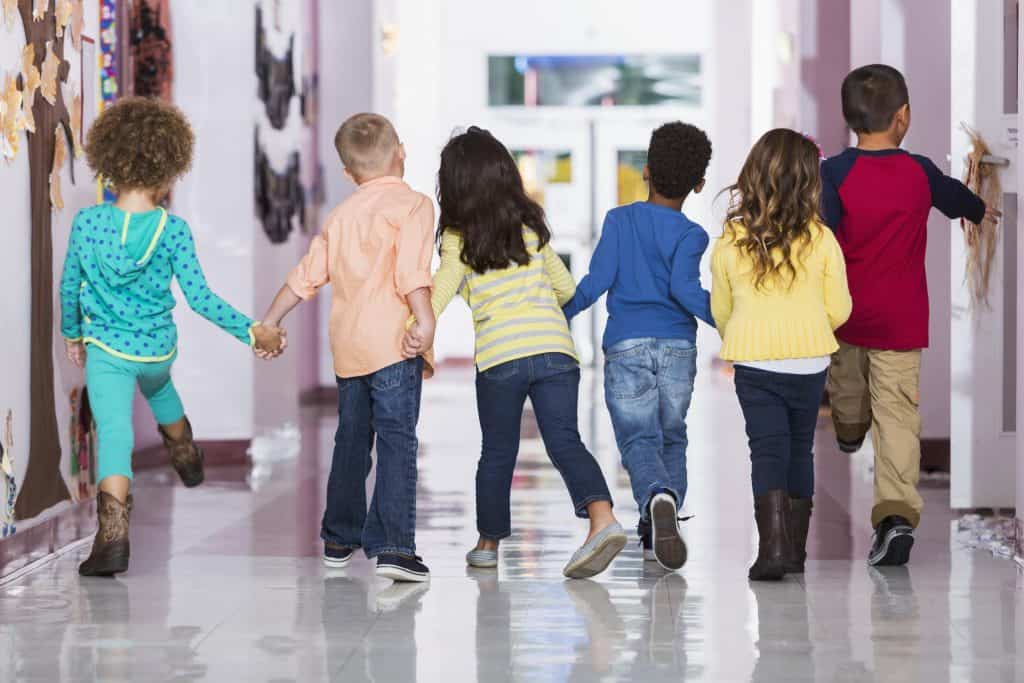As an educator, you’ve no doubt heard stressed the importance of social-emotional learning (SEL) and its connection to academic achievement. The majority of teachers endorse SEL and believe it can help students succeed at school and in life.[1] But many schools don’t know where to start or how to most effectively teach SEL skills. That’s why incorporating CASEL core competencies into your school’s curriculum can make SEL education easier and more effective.
The CASEL core competencies are the gold standard for integrating academic and social-emotional learning. Over the past two decades, schools all over the United States have put CASEL-based programs into action. The results? These five competencies are proven to prepare students for a successful future.Structuring your SEL program on the CASEL core competencies can help you stay on track and teach your students important life skills.
Want to help your students not only earn higher grades but reach their full potential? Learn what CASEL core competencies are and what they can do for your school community.
What Are the CASEL Core Competencies?
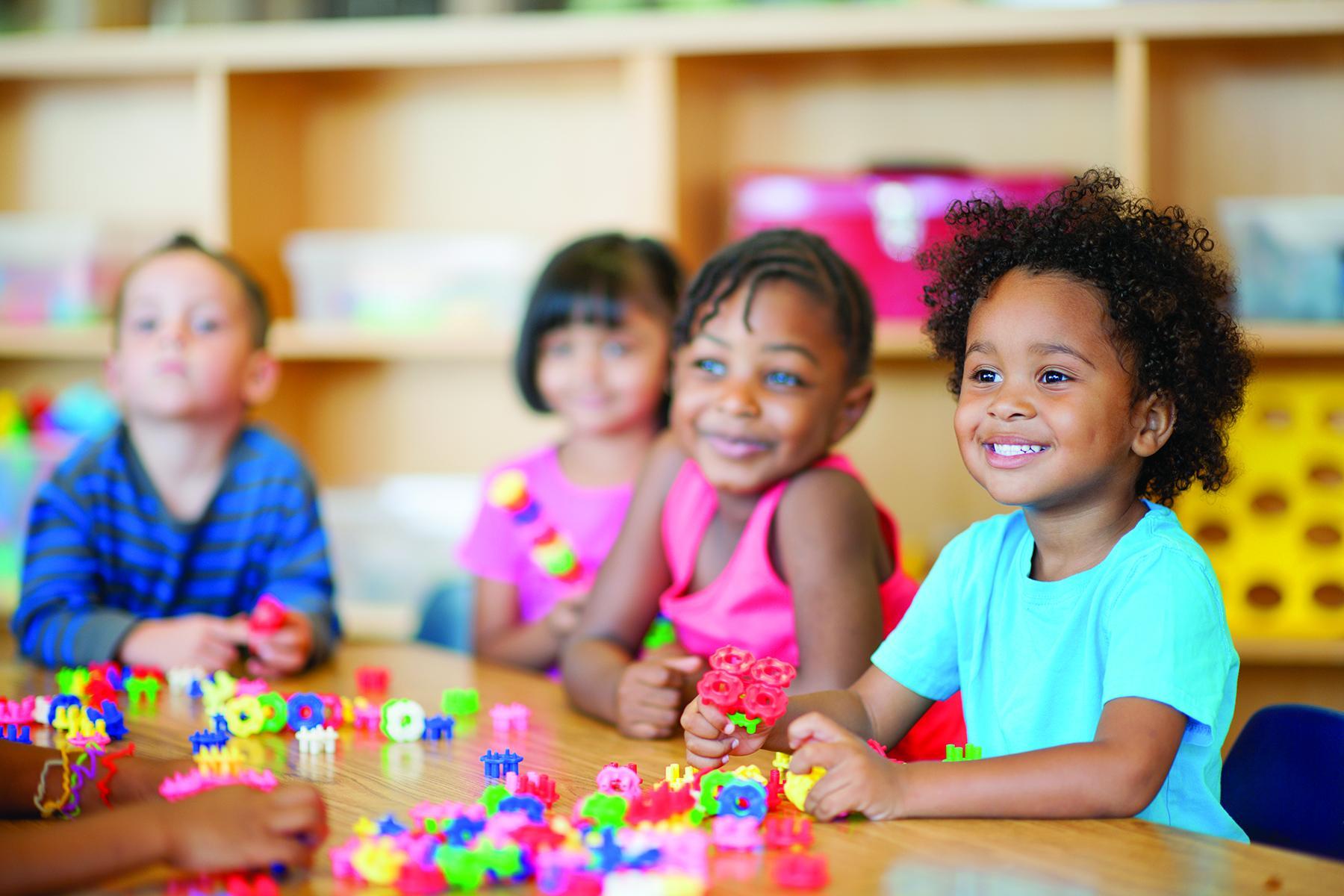 The Collaborative for Academic, Social, and Emotional Learning (CASEL) is the leading institute for the integration of cognitive and social-emotional curriculum. It was founded in 1994 when educational researchers began studying the link between emotional health and academic success.
The Collaborative for Academic, Social, and Emotional Learning (CASEL) is the leading institute for the integration of cognitive and social-emotional curriculum. It was founded in 1994 when educational researchers began studying the link between emotional health and academic success.
These early SEL pioneers found that students whose schools teach social and emotional skills don’t just earn higher grades and test scores. They also have higher self-esteem, lower rates of mental illness or chronic stress, and better attitudes about their teachers or classmates.[2,3] And in terms of long-term benefits, students with SEL education are also more likely to graduate from high school and succeed in the workplace.[4]
For nearly twenty-five years, CASEL has been a trailblazer in progressing social-emotional research. Educational experts look to them as a trustworthy resource for building schoolwide SEL programs. To summarize their recommendations for SEL standards, CASEL put together a set of five core competencies and subskills that students need to thrive.
The five CASEL core competencies are:
- Self-awareness
- Self-management
- Responsible decision-making
- Social awareness
- Relationship skills
Educators should use these core competencies as a definition of SEL standards to base your school’s SEL program on. That way, you can make sure you’re teaching students critical skills for cognitive and social-emotional development.
Self-Awareness
Self-awareness is the ability to identify and assess your thoughts, feelings, and values, as well as how they intersect with your behavior. Students who cultivate self-awareness should be able to pinpoint their strengths and weaknesses with a balance of accuracy and positivity. To practice self-awareness, for example, a student could recognize their stress triggers while still appreciating their hardworking personality.
This core competency also involves combining self-analysis with confidence and optimism. After evaluating their strengths and weaknesses, the ultimate goal is to create a “growth mindset.” Once students have developed self-awareness, they view themselves as capable enough to reach their aspirations despite setbacks or weaknesses.
Like all CASEL core competencies, self-awareness begins in early childhood development and has profound, long-lasting benefits. Students with strong self-awareness skills generally make better choices that reflect ethics and selflessness than those without.[5] In young children, self-awareness development can also be a predictor of emotional intelligence, leadership skills, and long-term success.[6]
Self-awareness skills include:
- Identifying emotions
- Accurate self-perception
- Self-confidence
- Recognizing strengths
- Self-efficacy
Self-Management
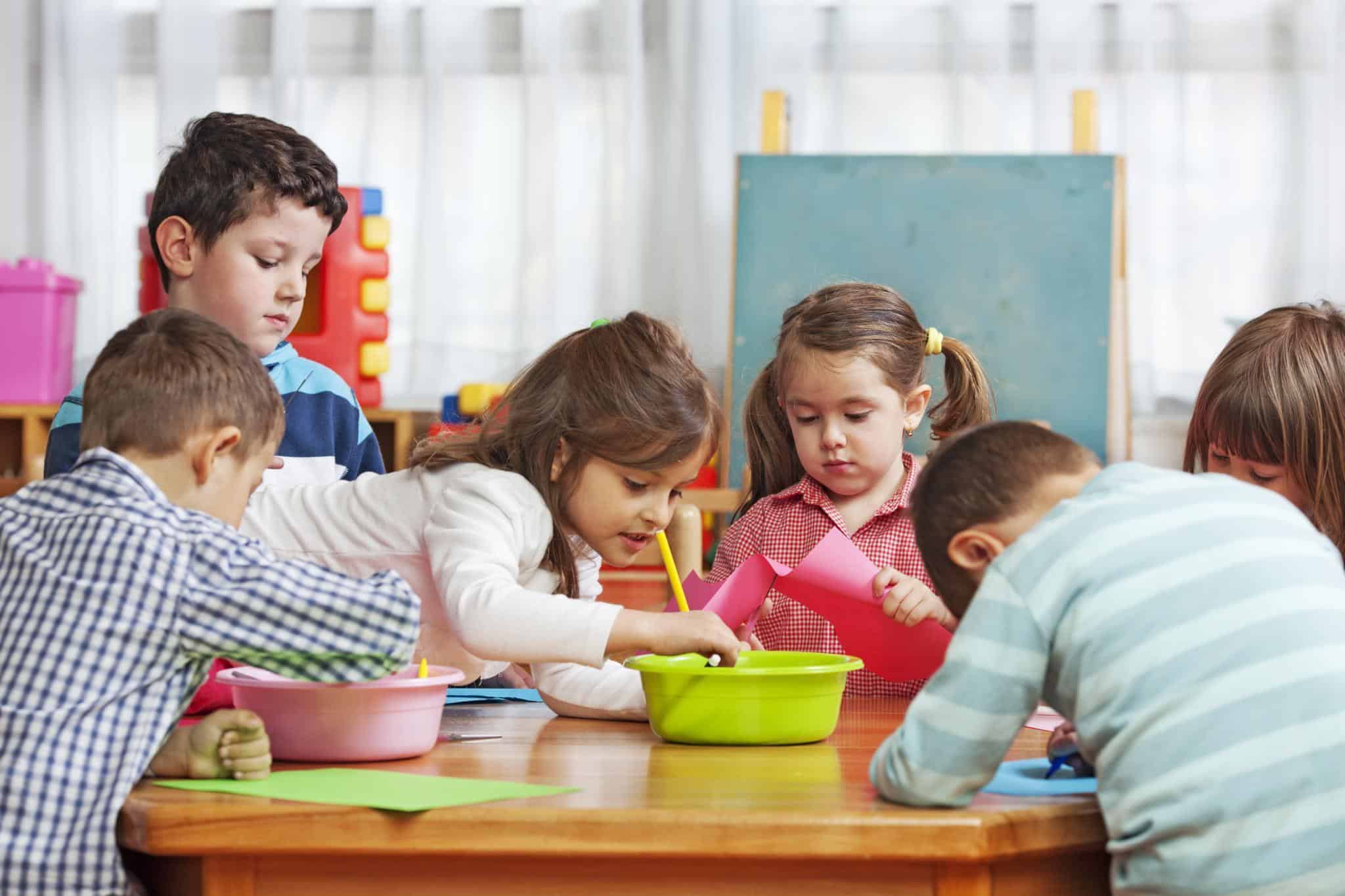 In many ways, self-management is taking self-awareness and putting it into action. It refers to the ability to not only identify but regulate emotions, thoughts, and behaviors. With self-management skills on their side, students also have a stronger capacity for stress management and impulse control, as well as self-motivation.
In many ways, self-management is taking self-awareness and putting it into action. It refers to the ability to not only identify but regulate emotions, thoughts, and behaviors. With self-management skills on their side, students also have a stronger capacity for stress management and impulse control, as well as self-motivation.
Beyond emotional self-regulation, self-management also encompasses positive goal-setting. By keeping their thoughts and behaviors in check, self-management can help students develop the willpower, organizational ability, and daily habits needed to meet their aspirations. While this competency can be difficult to teach younger students, it can ultimately lead to a happier and more focused classroom.
According to SEL research, self-management is especially beneficial for students with disabilities. Students with emotional or behavioral issues who study self-management at school often see academic improvement.[7] And on a classroom-wide level, self-management provides students with study habits that improve their grades for years after the initial lessons.[8] Teaching students self-management is a gift that keeps giving for a child’s entire academic career.
Self-management subskills include:
- Self-motivation
- Stress management
- Goal setting
- Impulse control
- Self-discipline
- Organizational skills
Responsible Decision-Making
Responsible decision-making is the ability to make positive, constructive choices about your behavior and social interactions. You base these decisions on situational factors such as personal morality, safety concerns, or prosocial behavior.
This core competency also involves a realistic evaluation of various consequences using advanced critical thinking skills. While evaluating, you would consider the well-being of others as well as yourself.
Providing choice-making opportunities for students increases classroom engagement.[8] It also prepares them for future academic or workplace situations where they’ll have to make decisions that affect themselves and others.
Responsible decision-making subskills include:
- Analyzing situations
- Outcome evaluation
- Identifying and solving problems
- Personal reflection
- Ethical responsibility
Relationship Skills
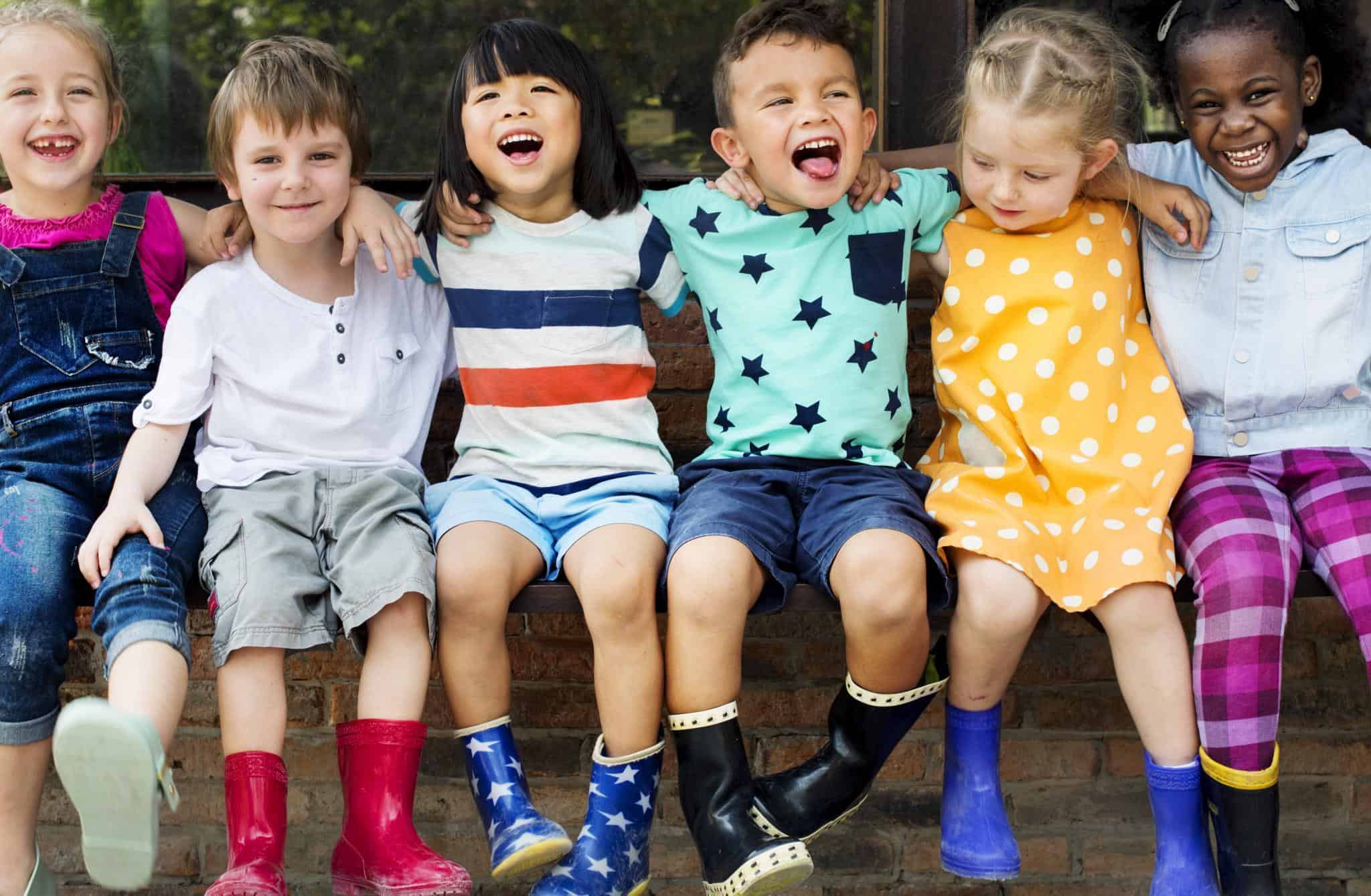 People are biologically wired to need close, rewarding relationships.[9] Learning how to establish and maintain these relationships is essential for not only success but lifelong fulfillment. Relationship skills teach students how to get along and make meaningful connections with people in their life. They could include the ability to communicate, listen, validate emotions, resist social pressures, and use conflict resolution methods, among other social skills.
People are biologically wired to need close, rewarding relationships.[9] Learning how to establish and maintain these relationships is essential for not only success but lifelong fulfillment. Relationship skills teach students how to get along and make meaningful connections with people in their life. They could include the ability to communicate, listen, validate emotions, resist social pressures, and use conflict resolution methods, among other social skills.
Another crucial component of this competency is learning to seek or offer help when needed. By knowing when a loved one is struggling and reaching out, students can put their relationship skills to practice. Plus, students can strengthen their relationships and support system by asking for help when challenges arise.
As mentioned earlier, close relationships are essential for both physical and mental health. People who have close relationships in life experience significantly less stress than those who feel isolated. They also have better health overall and are less likely to develop physical or mental illnesses. And, best of all, those with strong relationship skills report feeling a greater sense of purpose in life.[10]
Every component needed to be a healthy, happy human being is affected by the connections we share with other people – which is why teaching your students relationship skills is one of the most meaningful things you can do for them!
Relationship subskills include:
- Verbal and non-verbal communication
- Teamwork
- Social engagement
- Relationship building
Social Awareness
Relationship skills and social awareness go hand-in-hand. Social awareness is the ability to take the perspective of and empathize with others, as well as learning social and ethical behavior. Developing social awareness requires high emotional intelligence, which, just like math or science, has a place in school curriculum.
Social awareness also involves becoming aware of and tolerant towards diverse backgrounds. This appreciation can come from recognizing similarities but also respecting possible differences. Every classroom is made up of children from a variety of lifestyles, cultures, and other circumstances. Adding diversity appreciation to your school standards not only teachers students empathy but helps every family feel welcome on campus.
The benefits of social awareness speak for themselves. Research shows that highly empathetic people generally have less stress than unempathetic people.[11] Social awareness also improves cooperation, particularly in tense situations, which strengthens both classroom climates and a student’s capacity for other SEL competencies.[12]
Social awareness subskills include:
- Empathy
- Perspective-taking
- Respect for others
- Diversity awareness
How CASEL Core Competencies Promote Student Success
The CASEL core competencies are both founded and proven by extensive research. Countless studies have shown how effective social emotional learning curriculum is when based on these standards. SEL research shows that students who receive CASEL skills lessons:
- Behave better in class[13]
- Earn higher grades[14]
- Develop confidence and self-esteem[14]
- Experience less emotional distress[15]
SEL 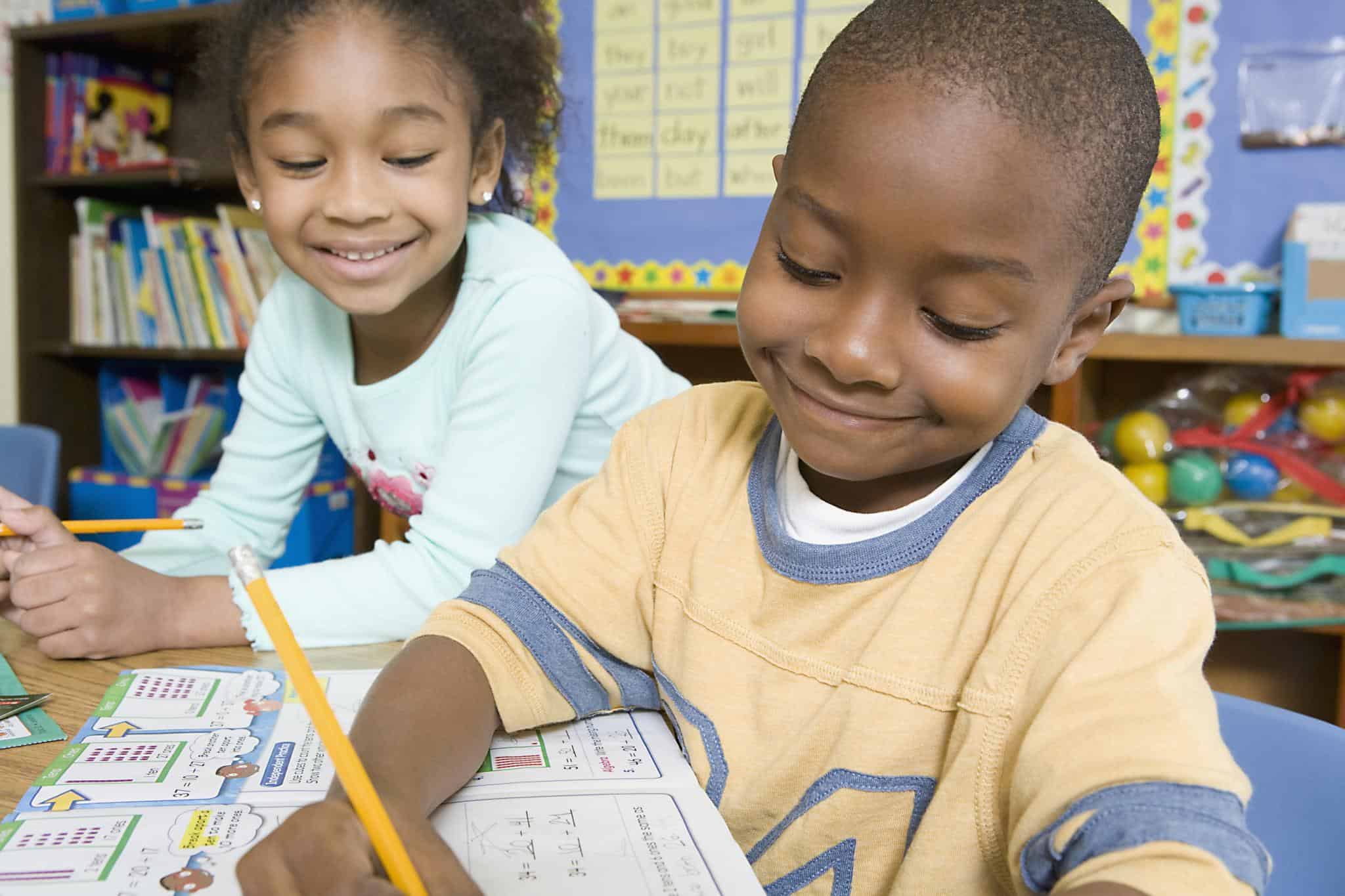 education based on the CASEL core competencies revolutionizes school climates, too. CASEL-based SEL training improves teacher-student relationships as well as classroom behavior and attitude.[13] Plus, schools that integrate the core competencies into their classrooms have a safer and more orderly environment.[14] Bullying rates plummet when students learn how to regulate their feelings and behaviors through CASEL-based curriculum.[13]
education based on the CASEL core competencies revolutionizes school climates, too. CASEL-based SEL training improves teacher-student relationships as well as classroom behavior and attitude.[13] Plus, schools that integrate the core competencies into their classrooms have a safer and more orderly environment.[14] Bullying rates plummet when students learn how to regulate their feelings and behaviors through CASEL-based curriculum.[13]
The benefits of social-emotional learning are so far-reaching that teaching it in class is just as important as academic subjects. While any SEL instruction is better than nothing, shaping your program to model the CASEL competencies can make sure you’re teaching the right skills. Use these five essential SEL skills to help your students reach lifelong fulfillment.
Sources:
Bridgeland, J., Bruce, M., & Hariharan, A. (2013). The Missing Piece: A National Teacher Survey on How Social and Emotional Learning Can Empower Children and Transform Schools. Civic Enterprises.[1]
Zins, J. (2016). Social and Emotional Learning. Retrieved from healthyselfesteem.org: http://healthyselfesteem.org/about-self-esteem/social-and-emotional-learning/.[2]
Collaborative for Academic, Social, and Emotional Learning. Austin Independent School District. Retrieved from casel.org: https://casel.org/partner-districts/austin-independent-school-district/.[3]
Hong, S. (2011, March). The Impact of Enhancing Students’ Social and Emotional Learning: A Meta-Analysis of School-Based Universal Interventions. Child Development, 82 (1), pp. 405-32.[4]
Beaman, A.L., Klentz, B., Diener, E., & Svanum, S. (1979). Self-awareness and transgression in children: Two field studies. Journal of Personality and Social Psychology, 37(10), pp. 1835-46.[5]
Thiran, R. (2014, June 14). The Man in the Mirror. Retrieved from leaderonomics.com: https://leaderonomics.com/pdf/MSJ-140614.pdf.[6]
Ryan, J.B., & Mooney, P. (2005, September). A Review of Self-Management Interventions Targeting Academic Outcomes for Students with Emotional and Behavioral Disorders. Journal of Behavioral Education, 14(3), pp. 203-21.[7]
Zimmerman, B. J., Bonner, S., & Kovach, R. (1996). Developing self-regulated learners: Beyond achievement to self-efficacy. American Psychological Association.[8]
Northwestern Medicine. Five Benefits of Healthy Relationships. Retrieved from nmbreakthroughs.org: http://www.nmbreakthroughs.org/wellness/5-benefits-of-healthy-relationships.[9]
Harvard Medical School. (2010, December). The health benefits of strong relationships. Harvard Health Publishing.[10]
Higgins, H.M. (1990). Empathy training and stress: their role in medical students’ responses to emotional patients. University of British Columbia.[11]
Rumble, A.C., Val Lange, P., & Parks, C.D. (2009, January). The Benefits of Empathy: When Empathy May Sustain Cooperation in Social Dilemmas. European Journal of Social Psychology, 40(5), pp. 856-66.[12]
Collaborative for Academic, Social, and Emotional Learning. (2014, June 14). 2013 CASEL Guide: Effective Social and Emotional Learning Programs. Retrieved from casel.org: http://casel.org/wp-content/uploads/2016/01/2013-casel-guide-1.pdf.[13]
Jolivette, K., Stichter, J.P., & McCormick, K.M. (2002, January 1). Making Choices—Improving Behavior—Engaging in Learning. Teaching Exceptional Children, 34(3), pp. 24.[14]
Durlak, J.A., Weissberg, R.P., Dymnicki, A.B., Taylor, R.D., & Schellinger, K.B. (2011, February). The Impact of Enhancing Students’ Social and Emotional Learning: A Meta-Analysis of School-Based Universal Interventions. Child Engagement, 82(1), pp. 405-432.[15]

